Samsung Galaxy Book4 Edge: Is ARM the Way to Go?
We recommend looking beyond simple benchmarks
7 min. read
Published on
Read our disclosure page to find out how can you help Windows Report sustain the editorial team. Read more
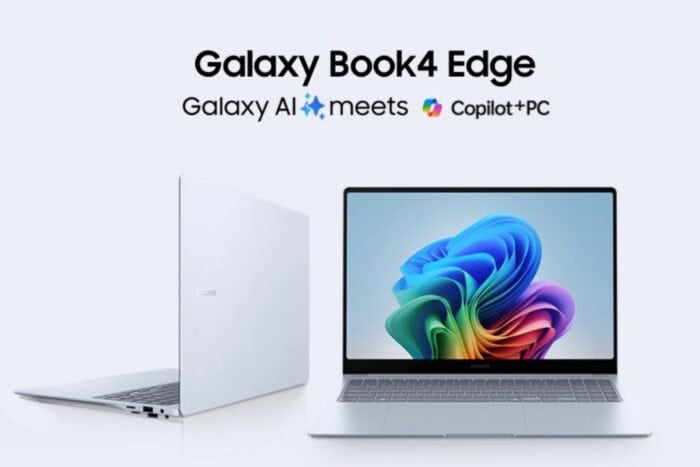
We’ve got our hands on the Samsung Galaxy Book4 Edge laptop and we’re bringing you an unbiased review based on our experience and information from other sources. As you probably know already, Book4 Edge is the series that boasts the Snapdragon X Elite X1E-80-100 and X1E-84-100 SoCs from Qualcomm.
But Samsung Galaxy Book4 Pro with Intel Core Ultra 7 CPU is at exactly the same price ($1,749.99) as Samsung Galaxy Book4 Edge with Snapdragon X Elite X1E-84-100. So, it’s about ARM or X86 Flavors here. So, first, we’re going to talk about Samsung Galaxy Book4 Edge and do a short comparison with the Intel CPU version.
Samsung Galaxy Book4 Edge Review
1. Technical specifications
We’re starting with the main technical specifications for the Samsung Galaxy Book4 Edge.
| Specification | Details |
|---|---|
| Processor | Qualcomm Snapdragon X Elite (X1E-84-100) |
| Base Frequency | 3.4 GHz |
| Turbo Frequency | 4 GHz |
| Cores/Threads | 12/12 |
| Integrated GPU | Qualcomm Adreno X1 |
| Fabrication Process | 4 nm |
| Display | 16″ 3K Dynamic AMOLED 2X, 2880 x 1800 pixels, 120 Hz, HDR10, Touchscreen |
| Color Gamut | 100% sRGB, 120% DCI-P3 |
| Battery | 61.8Wh, Li-Po, Fast Charging |
| RAM | 16GB LPDDR5X |
| Storage | 1TB eUFS 4.0 SSD |
| Ports | 2x USB Type-C (USB 4.0), 1x HDMI 2.1, 1x Audio Jack (3.5 mm) |
| Connectivity | Wi-Fi 7, Bluetooth 5.4 |
| Webcam | 1920 x 1080 |
| Audio | 2.2 speakers (2 tweeters, 2 woofers), Dolby Atmos |
| Dimensions | 13.99 x 9.86 x 0.48 inches (16″ model) |
| Weight | 13.42 lbs. (16″ model) |
| Operating System | Windows 11, Copilot Plus |
| Special Features | Anti-reflective cover glass, Vision Booster, AI key, Windows Studio Effects |
The technical specifications are solid, but we were curious on how the relatively small 61.8Wh battery will cope with the big screen and normal usage, but we will get back to that below.
Another thing we noticed is that the SSD is actually soldiered on the motherboard. That means you can’t add or change the storage if you want to.
2. Look, feel and ports
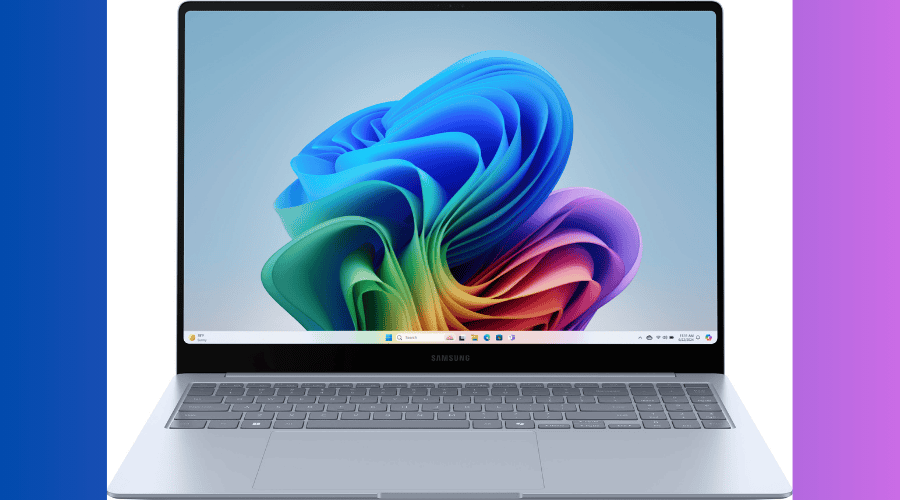
For all it takes, we can’t get past Samsung Galaxy Book4 Edge’s elegant design. It looks and it feels like a premium device. And after you power it up and the 16-inch AMOLED display (2880 x 1800 pixels) turns on, you can’t help but being mesmerized by the brightness and colors.
The keyboard is smooth to the touch and the thin bezel looks like a fancy photo frame. It’s almost a pity that you can get to touch it with your fingers, but that is also a great feature of the awesome display.
It’s also impressive to see a laptop with a huge 16-inch screen that is so thin (just 0.48 inches thick!). However, we didn’t get too excited about that because a thin case also translates into less room for cooling, but we’ll come back for that aspect.
As for the ports, you get 1 USB3.2 and 2 USB4.0 ports, one MicroSD card reader, a HDMI 2.1 port that supports 4K@60Hz and an audio jack. That’s less then ideal, but that’s the general approach of all manufacturers for this kind of slim laptops. Let’s just say that if you’ll need more wired peripherals, you’ll have to get a fast USB hub.
3. Running the apps and working
Installing a browser and streaming some videos was a pleasure and everything was running pretty smoothly, but after a couple of hours, the Wi-Fi disconnected inexplicably while other devices in the same room were still connected. Turning off and on the Wi-Fi cleared that problem, but it happen twice in a day.
Looking through other user reviews we’ve discovered that a few users had the same problem, so we’re wondering if it’s a general bug or just a scarce occurrence with some adapters.
Another issue appeared after we started Microsoft Word. It randomly froze during typing. We realized that we also had 10 Chrome tabs opened and Slack, plus a File Explorer window and the memory usage was close to 80%. We blame this on the ARM SoC running X86 apps. It wasn’t a big annoyance or a deal breaker, but for such a power laptop, the apps we were running should be a breeze.
Apparently, there is still a lot of work to be done in optimizing the X86 content for ARM, and that should be a reason enough to wait a while and see the technology mature. The ARM wave is just at the beginning and we’re sure it’s going to solve all these issues, but right now, it’s pretty tough if you’re an early adopter.
We also tried playing a 3D cozy game called Palia, that has great music and graphics. We turned all graphics settings to max and the game ran smoothly and nice, but after half an hour, we noticed that the laptop seriously heated up so we took it down a notch. However, this is not a gaming laptop, it has onboard graphics and it was created for regular usage like doing some office work, streaming content, browsing, studying etc.
4. Battery life
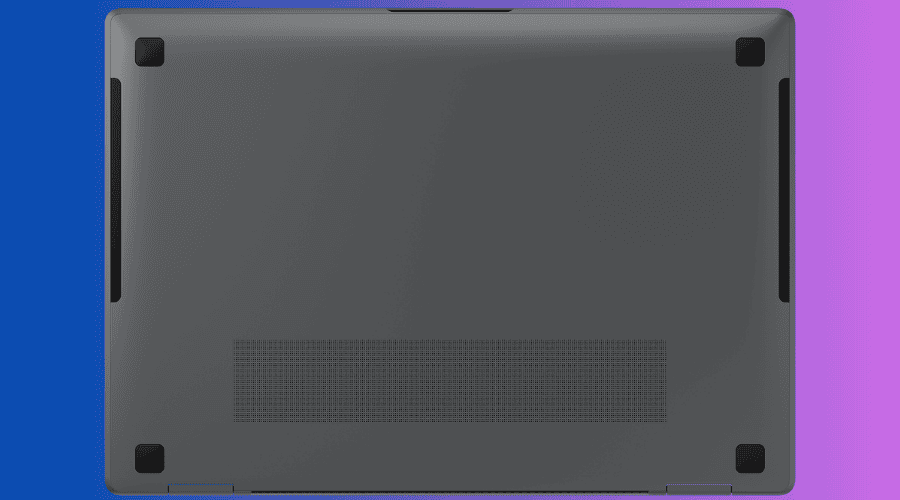
We’ve looked at a couple of reviews prior of testing Samsung Galaxy Book4 Edge. Some users were telling stories about 14 hours of battery life, others were disappointed, reporting less than 8 hours of juice. We tried simulating a normal usage for this laptop and after 8 hours of working with some communication tools, word processor, and a browser, we fired up a video on demand app and watched a movie.
We barely got to see it in full, the laptop switching to the energy efficiency mode to spare the battery. We rinsed and repeated the process a few days and the results were pretty much the same. The battery was running out after around 10 hours.
However, we need to mention that we used a balanced power mode and we didn’t use the auto dimming option. We kept a steady 60% brightness. We mention these because especially for a big display, the power mode and brightness can make a notable difference. Even so, it’s hard to believe that you can reach a 14 hour battery life mark if you are using the laptop for work and leisure throughout a day.
Is Samsung Galaxy Book4 Pro better than Samsung Galaxy Book4 Edge?
In the beginning of this article, we promised to make a comparison with the Samsung Galaxy Book4 Pro that comes with an Intel Core Ultra 7 CPU just because they are listed at Samsung’s website at exactly the same price point.
From the get go, we didn’t tested the Samsung Galaxy Book4 Pro, but we have looked for a lot of relevant user reviews. Almost all of them touted a battery life of 13-14 hours for Samsung Galaxy Book4 Pro with regular usage similar to the one we’ve tested on Samsung Galaxy Book4 Edge which is significantly better while the performance was obviously better for native X86 applications.
That is even though all the artificial benchmarks out there, including the one from Nanotech show that Snapdragon X Elite X1E-84-100 is more powerful than Intel Core Ultra 7 Processor 155H. We’re not saying you should ignore the benchmarks, but we encourage you to research more into the actual experiences of the users before taking that leap into buying your next laptop.
Otherwise, the laptops are almost identical. Samsung Galaxy Book4 Pro is a bit heavier, but it can receive up to 32 GB of RAM and it also has an upgradable NAND flash storage.
As a conclusion to this review, Samsung Galaxy Book4 Edge is a pretty good personal laptop, but for the same price, Samsung Galaxy Book4 Pro is better equipped to handle Windows apps, at least for now.
Do you already own a Samsung Galaxy Book4 Edge laptop? Let us know about your experience in the comments below.
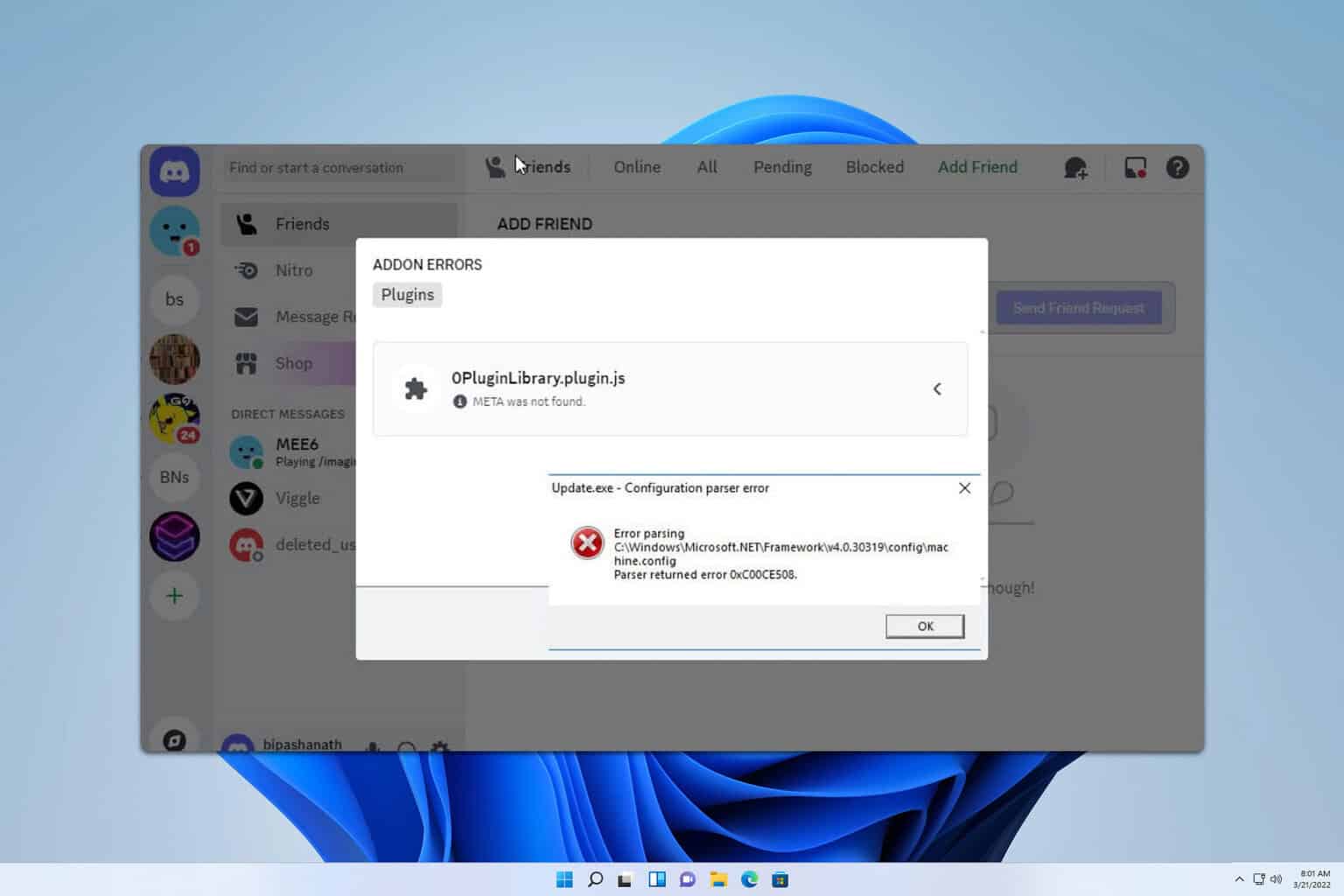


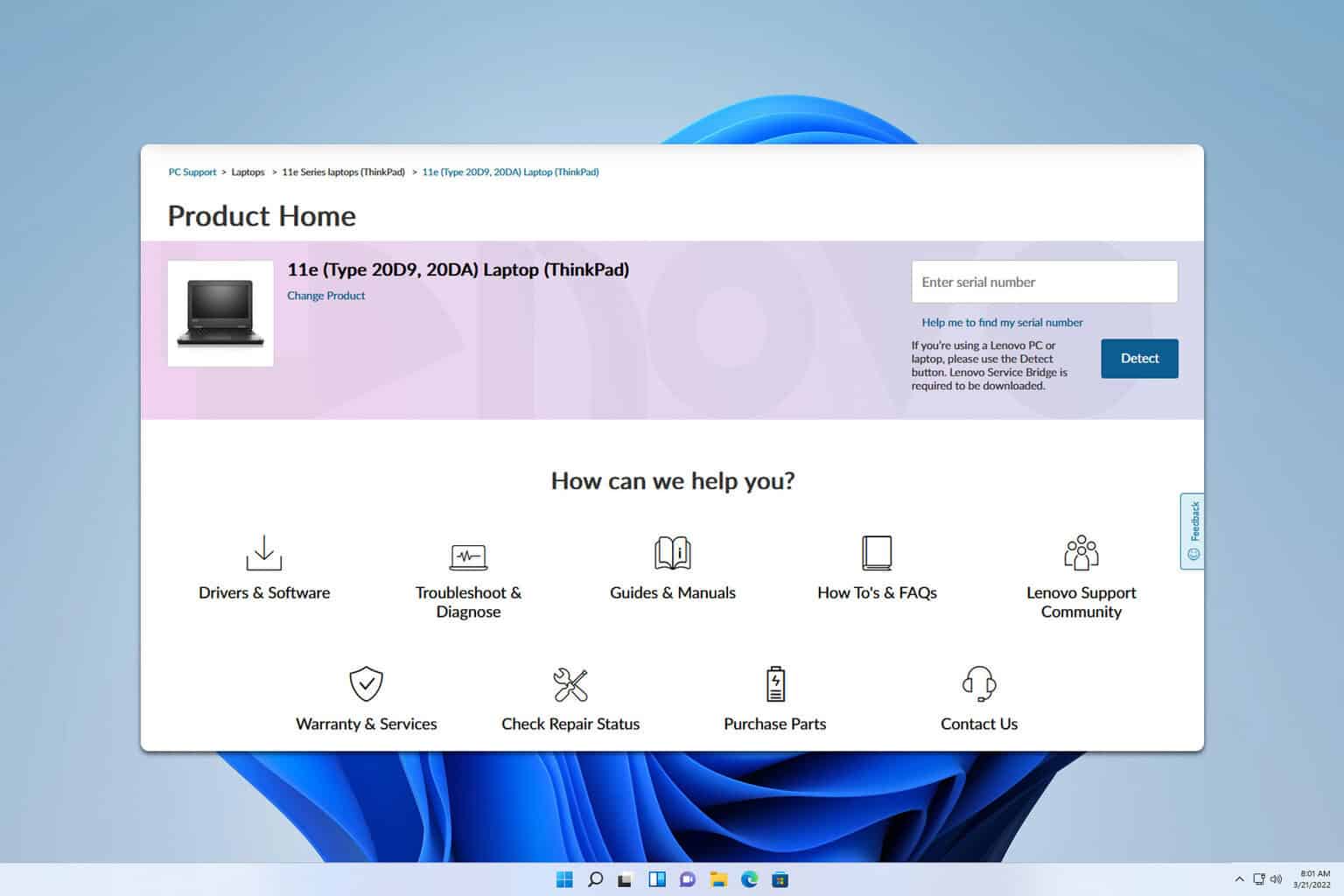

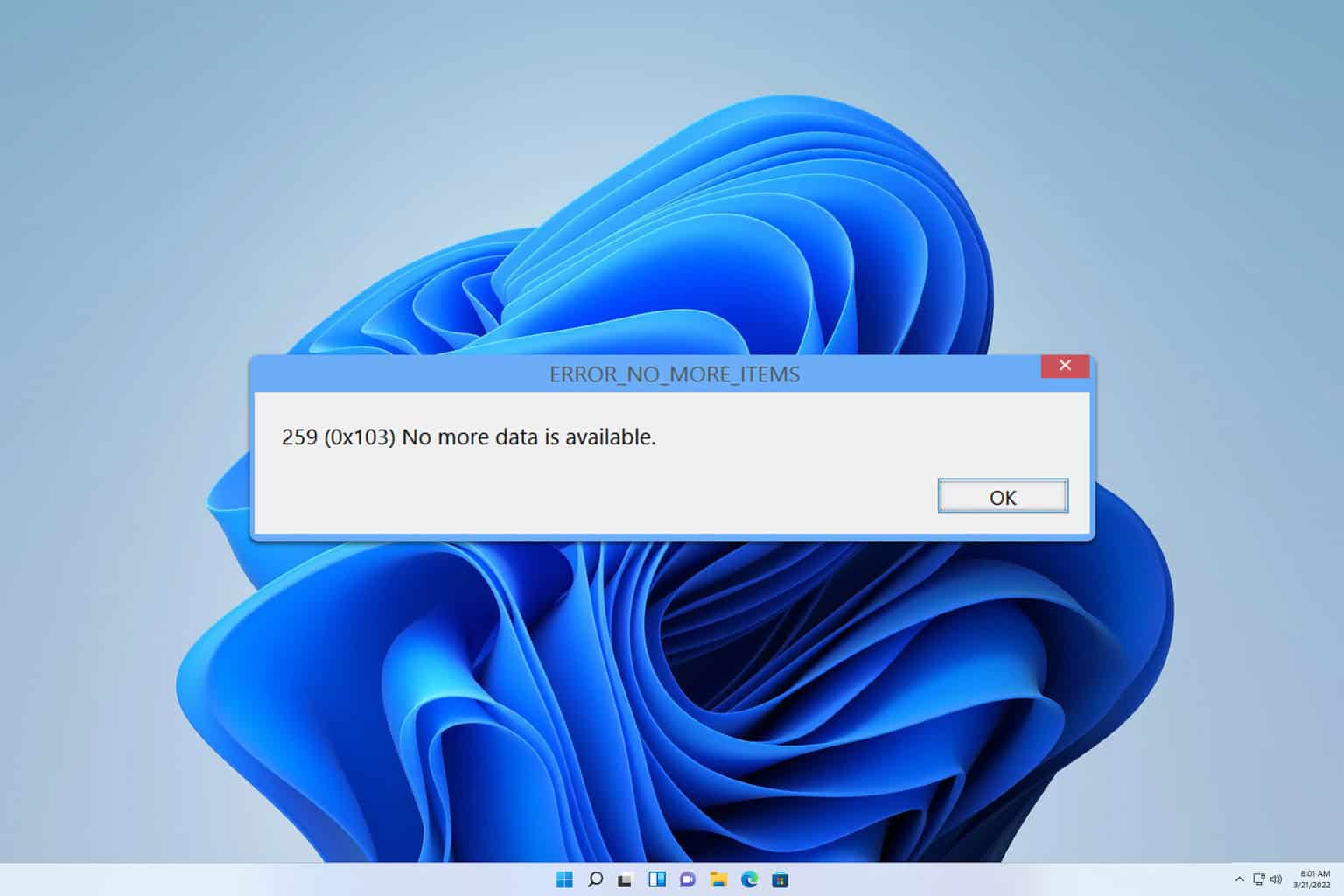


User forum
0 messages